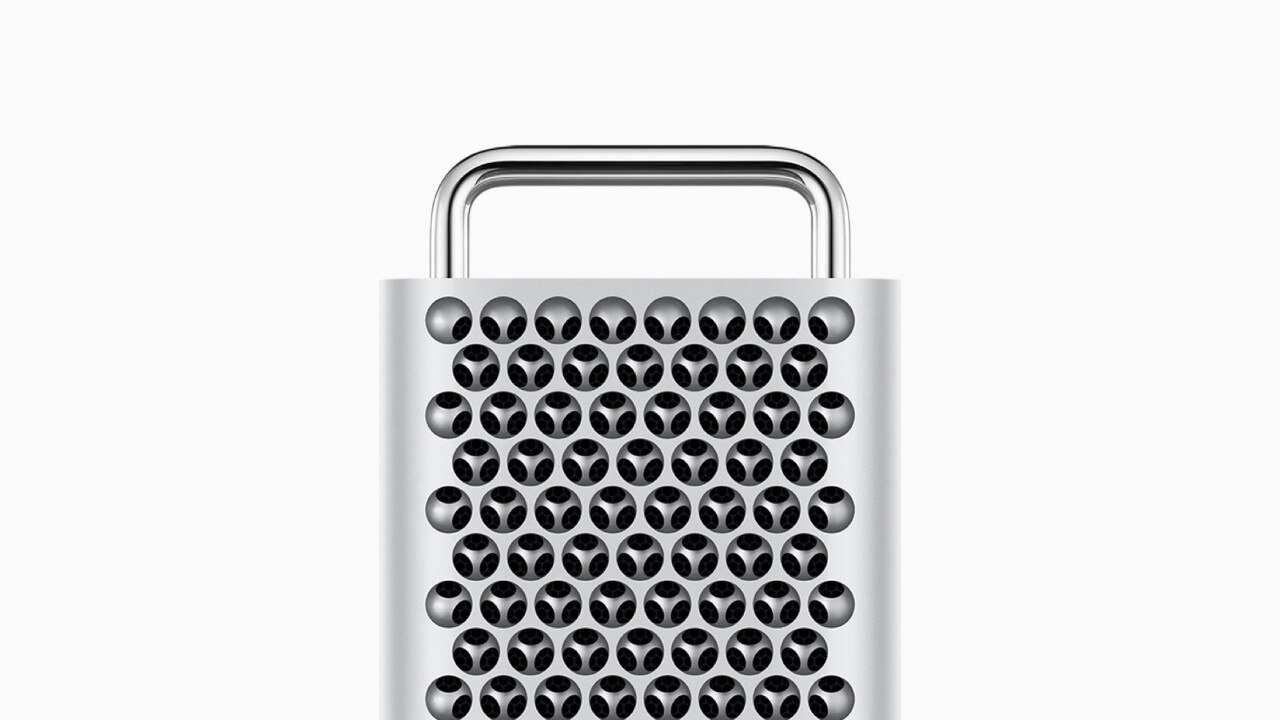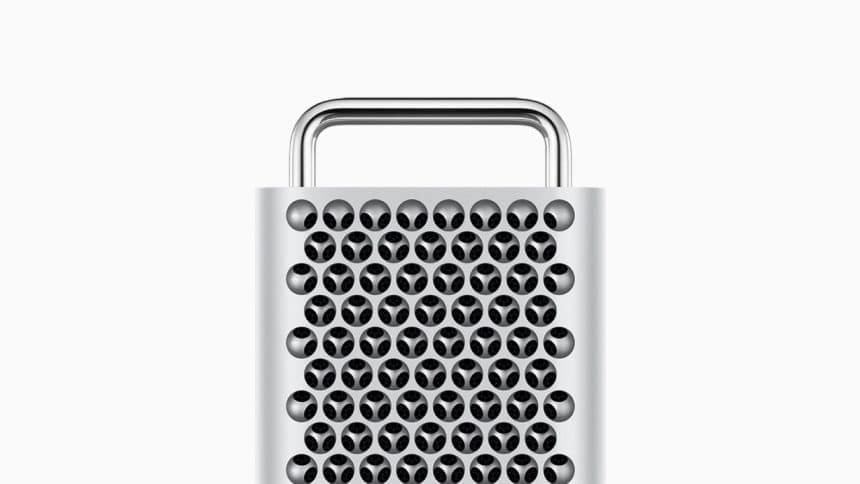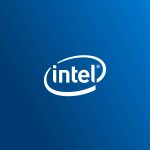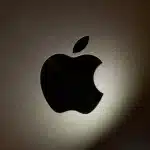On August 7, 2006, Apple introduced the Mac Pro in its now-famous “cheese grater” aluminum enclosure, replacing the Power Mac G5 and marking the company’s full transition from PowerPC to Intel processors. Phil Schiller unveiled the machine alongside Steve Jobs’ announcement that it would deliver the long-promised 3.0GHz performance—powered by dual Intel Xeon processors.
The result was a desktop that doubled the speed of its predecessor, offered exceptional performance-per-watt efficiency, and provided unmatched customization. For creative professionals, engineers, and video editors, the Mac Pro quickly became the go-to powerhouse.

Designed for Professionals, Built for Expansion
From the start, the Mac Pro’s appeal lay in its expandability. Users could install up to four internal hard drives, a second optical drive, and the largest available graphics cards thanks to a double-wide slot. The tool-free side panel made upgrades fast and simple—no cables, no hassle. With support for up to 32GB of RAM at launch (later models reaching 64GB), it offered flexibility that is rare in today’s Apple lineup.
Over the years, Apple updated the “cheese grater” with faster Xeon processors, more RAM capacity, and larger storage options. Yet, the exterior design remained virtually unchanged until the controversial cylindrical Mac Pro debuted in 2013.
The Shift to Apple Silicon
The modern Mac Pro, now powered by Apple Silicon, boasts impressive raw speed. However, it faces tough competition from the more affordable Mac Studio and has lost some of the modular charm that endeared the original to professionals. Critics argue that the lack of true internal expandability leaves today’s Mac Pro a symbolic flagship rather than an indispensable workhorse.
A Legacy That Endures
While technology has advanced, the 2006 Mac Pro’s influence is still felt. Its balance of power, upgradeability, and elegant industrial design set a standard that many feel Apple has yet to recapture. As it turns 19, the “cheese grater” remains a reminder of an era when the Mac Pro wasn’t just Apple’s top desktop—it was the dream machine for pros who demanded the very best.












